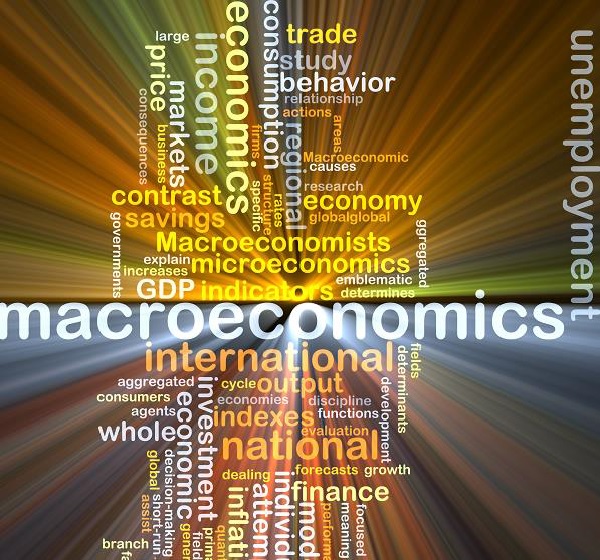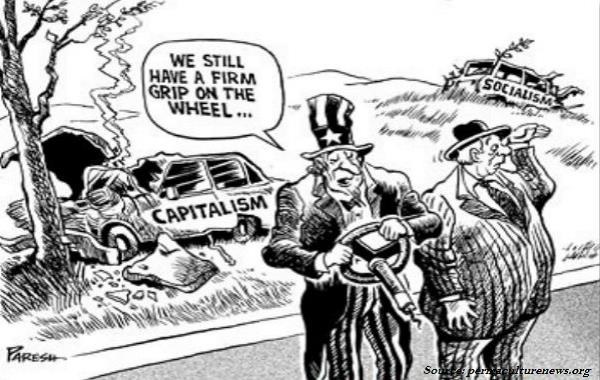In the economy of a country, the output level of all the goods and services in the company have a tendency to move together. For example, if output of food grain is experiencing a growth, it is generally accompanied by a rise in the output level of industrial goods.
The prices of different goods and services generally have a tendency to rise or fall simultaneously. We can also observe that the employment level in different production units also goes up or down together.
Macroeconomics simplifies the analysis of how the country’s total production and level of employment are related to attributes (called ‘variables’) such as prices, rate of interest, wage rates, profits and so on.
When these attributes start changing fast, like when prices are going up (in what is called an inflation), or employment and production levels are going down (heading for a depression), the general directions of the movements of these variables for all the individual commodities are usually of the same kind as are seen for the aggregates for the economy as a whole.
Economic agents are those individuals or institutions who have an effect on the economy of a country. For example −
Consumers who decide how much to consume.
Producers who decide the production level.
Other agents like government, bank etc. who decide the different policies.
Adam Smith, the father of modern economics, had suggested that if the buyers and the sellers in each market take their decisions following only their own self-interest, economists will not need to think of the wealth and welfare of the country as a whole separately.
Macroeconomic policies are generally controlled and operated by the State itself or statutory bodies like the RBI, Securities Exchange Board of India (SEBI), etc.
According to John Maynard Keynes (the writer of ‘The General Theory of Employment Interest and Money’), all the labours who are ready to work will be finding the employment and all the factories will be working at their full capacity
.
The classical and traditional thinking (of Keynes) changed after the Great Depression of 1929.
The expenditure, which raises the production capacity of a firm or an enterprise is called investment expenditure.


No comments:
Post a Comment